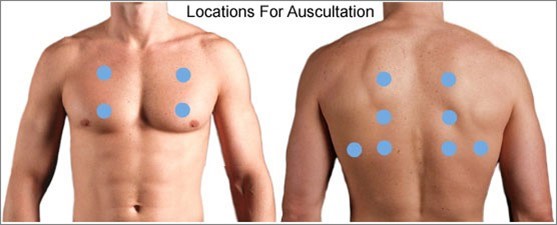A client with paranoia is admitted to the mental health unit and immediately goes to the corner of the room and sits quietly without communicating. In approaching the client, what intervention should the practical nurse (PN) implement first?
Explain the daily schedule of unit activities.
Review client rights of hospitalization.
Offer the client an as-needed (PRN) medication.
Describe the functions of the practical nurse (PN).
The Correct Answer is D
Nursing Test Bank
Naxlex Comprehensive Predictor Exams
Related Questions
Correct Answer is C
Explanation
The client's complaint of a leg cramp suggests the possibility of a muscle cramp or spasm, which is a common occurrence during labor. Extending the leg and flexing the foot helps stretch and relax the affected muscle, which can alleviate the cramp. This intervention helps relieve the muscle spasm and promotes increased blood circulation to the area, potentially reducing the intensity and duration of the cramp.
A. Elevating the leg above the heart is not necessary for relieving a leg cramp. It may be helpful in certain situations, such as in the case of venous insufficiency or swelling, but it is not the First-line intervention for a leg cramp.
B. Massaging the calf and foot can be beneficial in relieving a leg cramp. However, the initial action should be to extend the leg and flex the foot to actively stretch the affected muscle. If the cramp persists or if additional comfort measures are needed, then the PN may consider massaging the calf and foot.
D. Checking the pedal pulse in the affected leg is not directly related to relieving a leg cramp. It may be a relevant assessment in certain situations, such as suspected circulatory compromise or deep vein thrombosis, but it is not the primary intervention for a leg cramp.
Correct Answer is C
Explanation
When assessing an older client with left-sided heart failure (HF), the most important intervention for the practical nurse (PN) to implement is to auscultate all lung fields. Left-sided heart failure is characterized by the inability of the left ventricle to effectively pump blood, leading to fluid accumulation in the lungs. Auscultating all lung fields allows the PN to assess for the presence of abnormal lung sounds such as crackles, indicating pulmonary congestion.

In summary, when assessing an older client with left-sided heart failure, the most important intervention for the practical nurse (PN) to implement is to auscultate all lung fields. This allows for the detection of abnormal lung sounds associated with pulmonary congestion, a hallmark sign of left-sided heart failure.
Whether you are a student looking to ace your exams or a practicing nurse seeking to enhance your expertise , our nursing education contents will empower you with the confidence and competence to make a difference in the lives of patients and become a respected leader in the healthcare field.
Visit Naxlex, invest in your future and unlock endless possibilities with our unparalleled nursing education contents today
Report Wrong Answer on the Current Question
Do you disagree with the answer? If yes, what is your expected answer? Explain.
Kindly be descriptive with the issue you are facing.
